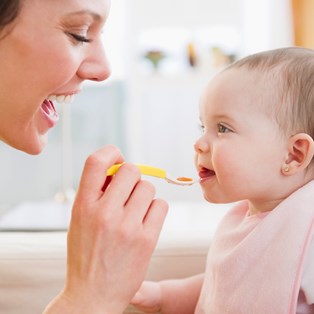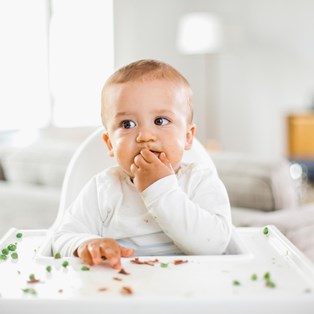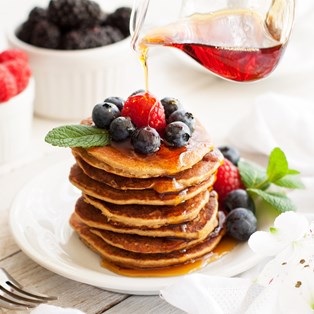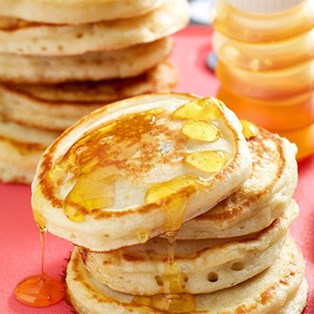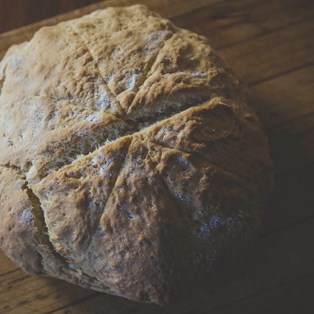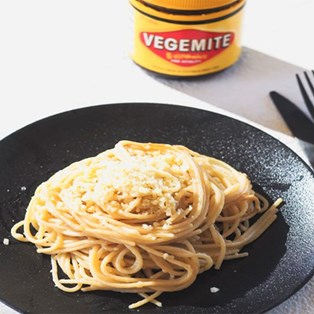Baby-led weaning (BLW): what is it & how does it work?
By Alex Harmon
April 05 2023
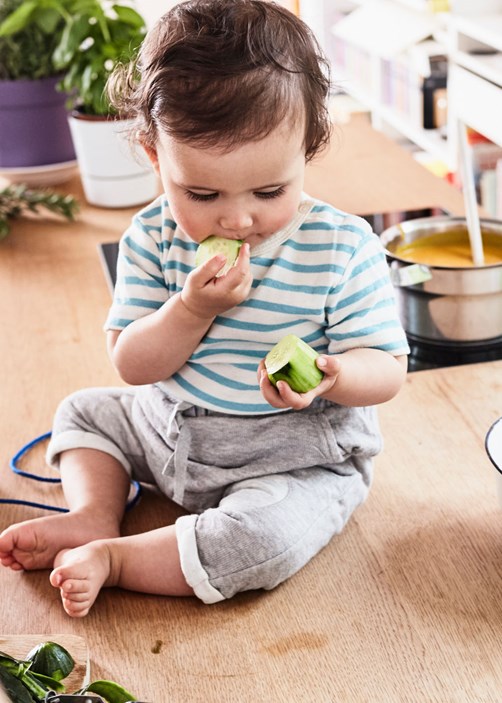
Your guide to feeding your baby
By Alex Harmon
April 05 2023
Your mother and grandmother might think it’s strange but baby-led weaning (BLW) is fast becoming a food phenomenon for babies in Australia - and around the world. The self-feeding method was popularised by U.K authors Gill Rapley and Tracey Murkett with the publication of their Baby-Led Weaning cookbook in 2008. The method is not for the faint-hearted as it involves letting go of (some) control, ditching the purées and being at peace with mess. But its benefits are plentiful. Let’s take a look.
What is baby led weaning?
The BLW method is a way of letting bub feed himself using just his hands. It’s suitable for babies aged 6 months and up as this is usually when they can sit upright unassisted.
It involves offering your baby a variety of nutritious finger foods that he can feed himself. This gives your baby the chance to explore textures, fosters independence and encourages him to eat a wide range of foods from an early age. For families it means your bub can really join in at mealtimes, rather than being fed separately with a spoon by mum or dad. Experts say it helps fine-tune motor development because your baby is using eye-hand coordination and it helps develop chewing skills and jaw muscle growth.
It also helps you, because there’s less time spent in the kitchen preparing purées.
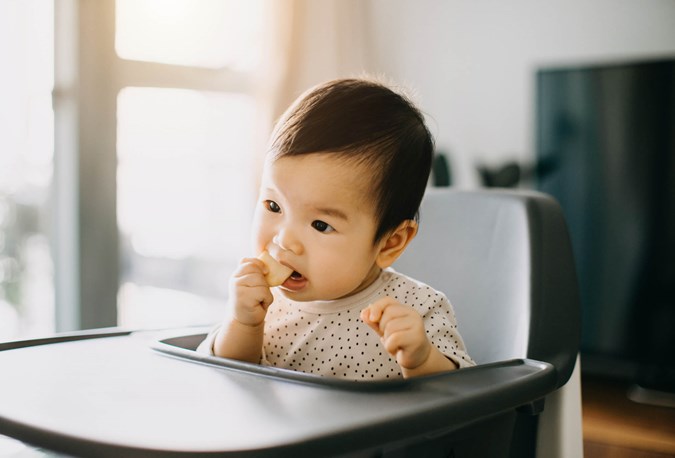
GETTY IMAGES
How does baby-led weaning work?
Traditionally, babies learn to spoon feed first and chew later. However with baby-led weaning, babies bypass the smooth or mashed-up food phase and learn to handle lumps and chew (albeit with their gums) from the beginning.
Many parents worry that BLW is a choking hazard but the method is not dangerous. To reduce the risk of choking, make sure you always supervise your baby, always sit him up in a high chair and only offer softer foods. Avoid hard foods such as carrot sticks, raw apples, nuts and chewy meats until bub is a little older. Your baby has a gag reflex, which is a natural safety response to food travelling too far back into the mouth. It’s important to understand the difference between this and choking, which is silent.
Baby led-weaning first foods
BLW foods are really no different to traditional first baby foods. Offer finger foods such as well-cooked carrot, boiled egg, banana, thin slices of wholegrain toast with hummus or roasted sweet potato. The best starter foods are those with a natural handle so bub can easily pick them up, such as cooked broccoli, spiral pasta or omelette strips for breakfast.
Once bub has become familiar with feeding himself you can advance to meats such as soft meatballs, chicken drumsticks and thin slices of soft steak. There are lots of baby led weaning recipes out there for vegetarian babies, too. Things like lentil wedges, corn fritters, banana pancakes, homemade pizzas and mini egg muffins which are great for babies and children of all ages. In fact, many of the baby led weaning ideas will help you when meal planning and cooking for the whole family.
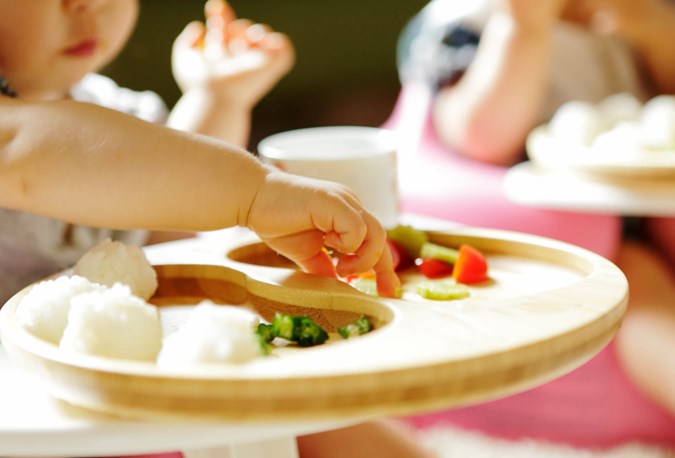
getty images
How to start baby-led weaning
BLW can commence at 6 or 7 months as a way of offering foods between breastfeeding or bottle feeding. All you really need is a high chair, a supply of bibs and a selection of healthy foods that your baby can easily pick up. Try to stay calm, even if it seems daunting, as your baby will look to you for signs that everything is okay.
Things to remember about baby-led weaning
• Although it’s in the name, the term weaning doesn’t mean the method should be used to replace breastmilk or formula. Health practitioners recommend complementing solids with milk feeds until at least 12 months.
• With BLW there can be lots of food thrown on the floor, so be prepared for mess and waste!
• It’s not for all babies. Some babies prefer purées, some might need encouragement to learn how to self-feed, and some will be fussy with certain foods or textures. Don’t put any pressure on your bub and listen to his cues.
• There’s nothing wrong with traditional spoon-feeding if you do decide BLW is not for you.






